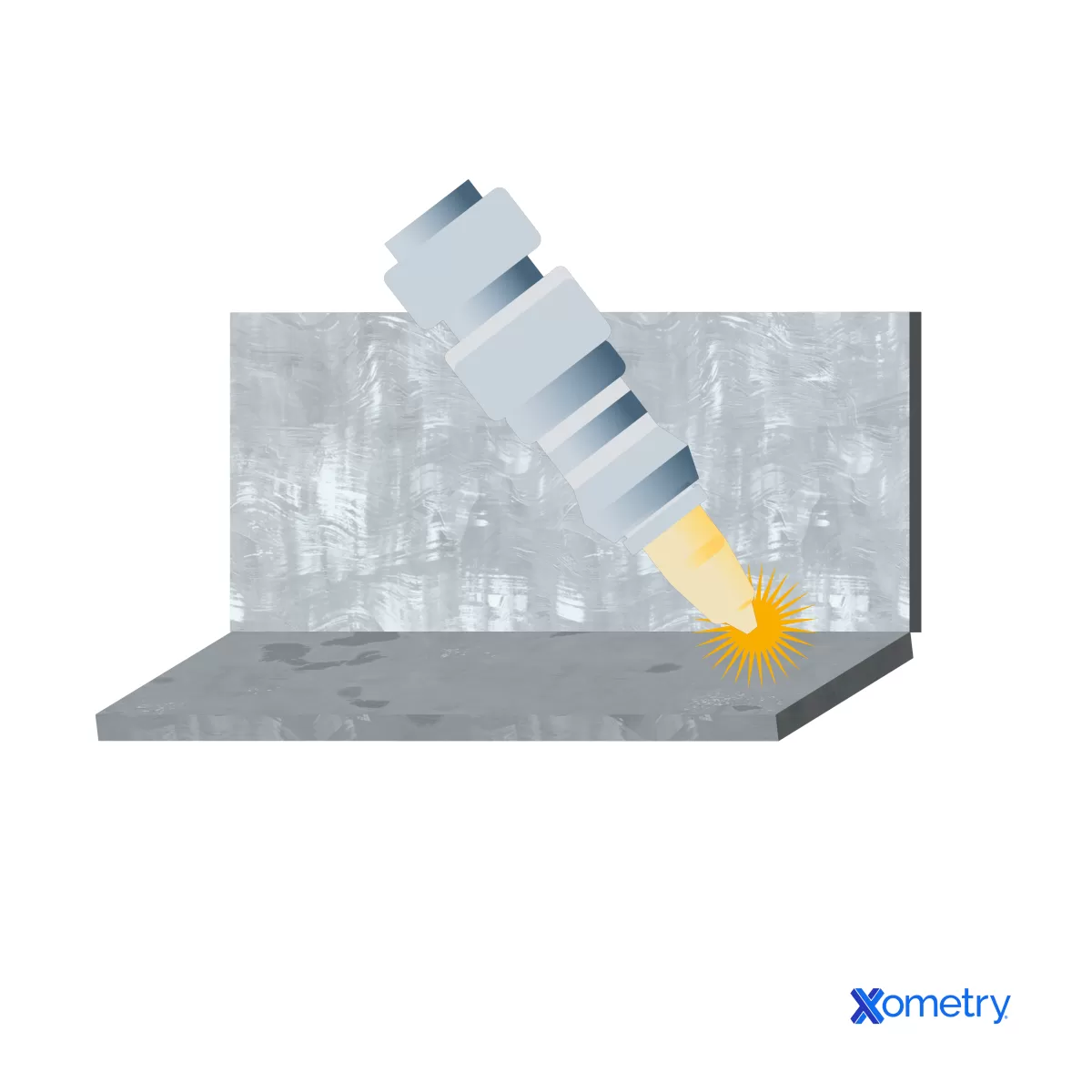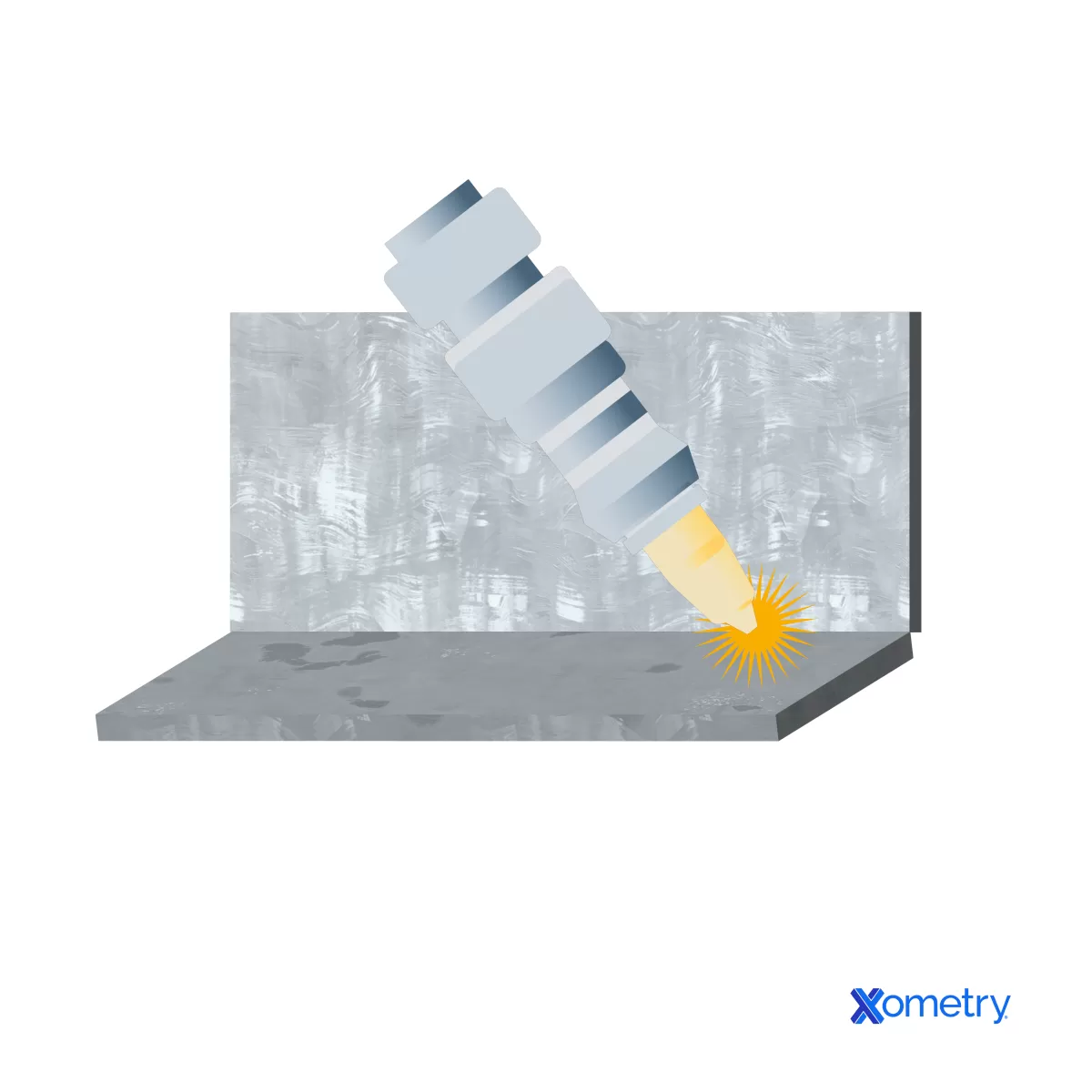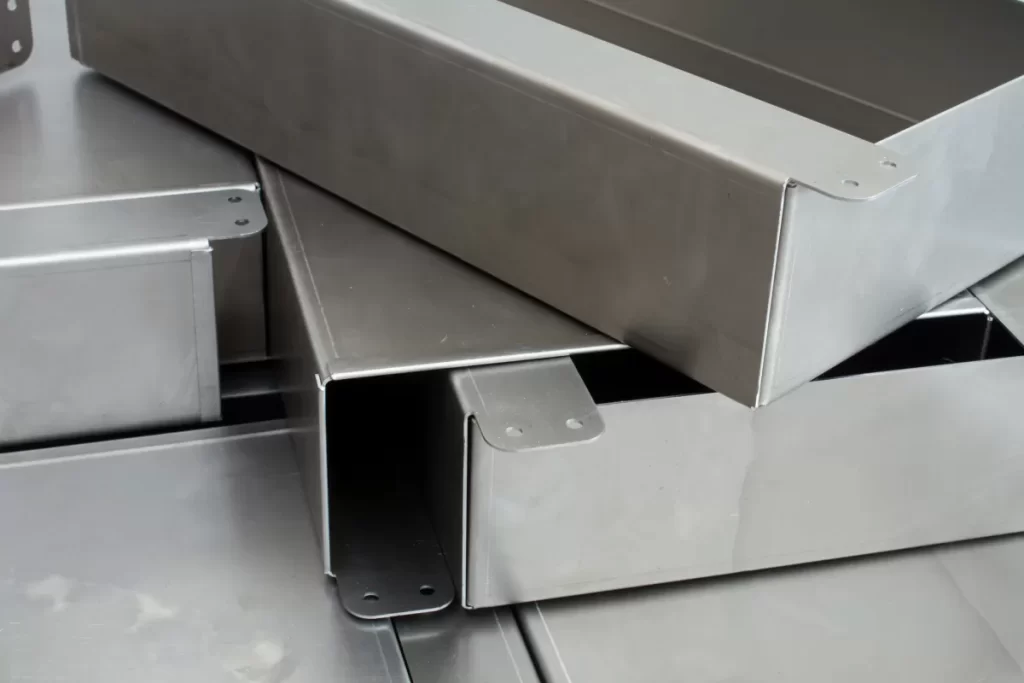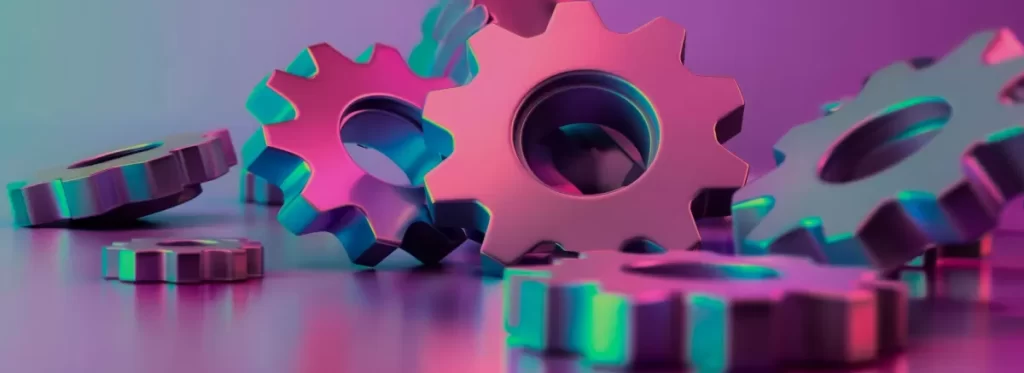Understanding Laser and Waterjet Cut Parts
Laser-cut parts are known for their smooth, precise edges. This method uses focused heat to slice through metals like mild steel, stainless steel, and aluminum. One thing to watch for is the heat-affected zone (HAZ), which is an area near the cut that experiences changes in metal properties due to heat. This can impact welding if not properly addressed.
Waterjet-cut parts are different. They feature rougher edges because the process uses a high-pressure stream of water mixed with abrasive garnet to cut through materials. This abrasive can embed in the edges and must be cleaned before welding. The big advantage of waterjet cutting is that it doesn’t generate heat, so there’s no HAZ. This makes it ideal for heat-sensitive materials.
Understanding these differences is key since the type of cut affects how you prepare and weld the parts. For example, laser-cut parts might need extra cleaning around the HAZ, while waterjet parts require thorough abrasive removal. Choosing the right prep steps in welding leads to stronger, cleaner joints and avoids common issues like porosity or cracking.
Pre-Welding Preparation Tips
Proper cleaning and surface prep make a big difference when welding laser and waterjet cut parts. Here’s what you need to know:
Cleaning for Laser-Cut Parts
- Remove oxide layers with rubbing alcohol or use a wire brush to clean the surface.
- Pay attention to any heat-affected zones (HAZ) around the cut edges—these areas can cause weld defects if not handled properly.
Cleaning for Waterjet-Cut Parts
- Waterjet cutting can leave embedded abrasives, usually garnet, within the surface. Use a wire brush or light grinding to clear them out.
- Avoid using rags that leave lint behind, especially on the rough waterjet edges—it can cause contamination in the weld.
- For metals like aluminum, degrease with toluene or similar solvents to ensure good weld adhesion.
Edge Preparation
- For thicker materials (3/16 inch or more), bevel the edges properly to achieve full penetration during welding. This step helps create strong, clean welds whether you’re working with laser or waterjet cut parts.
Prepping your parts right is the first step to clean, reliable welds.
Welding Techniques for Laser and Waterjet Cut Parts

Choosing the right welding method is key for strong, clean joints on laser and waterjet cut parts. Here’s a quick look at popular options:
- MIG welding is fast and great for mild steel and thicker materials. It handles laser-cut edges well but needs careful control to avoid burn-through on thin parts.
- TIG welding offers precise control, making it ideal for stainless steel and aluminum. It produces cleaner welds on both laser and waterjet cuts but takes more time and skill.
- Laser welding is a high-tech choice for precision work, especially with laser-cut parts, delivering minimal distortion but requiring specialized equipment.
For common U.S. metals like mild steel, stainless steel, and aluminum:
- Mild steel welds well with both MIG and TIG.
- Stainless steel benefits from TIG due to its clean, corrosion-resistant finish.
- Aluminum needs TIG welding with proper oxide removal and cleaning.
Adjusting your welder settings is just as important:
- Amperage and wire feed rates should match the laser-cut thickness and edge quality.
- For waterjet-cut parts, watch for porosity caused by trapped moisture or embedded abrasives. Use low-hyd shielding gases and clean surfaces thoroughly.
Minimizing distortion defects takes some care:
- Keep heat low on laser-cut parts to avoid warping the heat-affected zones (HAZ).
- Use backstepping—welding small sections in reverse order—to smooth out puddles and reduce porosity.
- Maintain steady travel speed to avoid undercuts or uneven beads.
By tailoring your welding method and settings for laser and waterjet cut parts, you’ll improve strength, appearance, and reliability every time.
Material Specific Welding Considerations
When welding laser and waterjet cut parts, knowing your material is key to getting strong, clean results.
Mild Steel
- Easy to weld and cost-effective
- High weldability makes it a go-to for many projects
- Minimal prep needed, but keep surfaces clean for the best bond
Stainless Steel (304 and 316)
- Known for corrosion resistance, perfect for outdoor or harsh environments
- Watch out for hardening during welding—proper heat control helps avoid brittleness
- Clean thoroughly to prevent weld defects caused by contaminants
Aluminum (6061 and 5052)
- Requires extra care due to tough oxide layers that can block welds
- Use chemical cleaning or wire brushing to remove oxides before welding
- Preheating helps reduce moisture build-up and prevents cracking during welding
At HYCNC, we make sure your material choice matches your project needs. Our team checks material compatibility so your laser or waterjet cut parts weld perfectly every time.
Common Welding Defects and How to Avoid Them
Welding laser and waterjet cut parts can come with a few common defects, but with the right approach, you can avoid them.
Weld Inclusions
Inclusions happen when dirt, slag, or debris gets trapped inside the weld. Both laser and waterjet cut edges can carry contaminants if not cleaned properly. Always clean surfaces thoroughly before welding, especially removing any oxide layers or abrasive remnants.
Porosity
Porosity is a common issue with waterjet cut parts due to embedded abrasives and moisture. These can introduce gases that create tiny holes in the weld. To prevent this:
- Brush or grind off abrasives well
- Use proper shielding gas to avoid hydrogen contamination
- Keep moisture away with degreasing solvents like toluene for aluminum
Cracks and Undercuts
Cracks and undercutting weaken welds and often come from poor joint design or improper welding settings. Make sure:
- There’s enough material around the weld zone for strength
- Edges are beveled correctly on thicker parts for full penetration
- Welding heat is controlled to reduce shrinkage stress
HYCNC’s Quality Assurance
At HYCNC, we focus on precision cutting and thorough prep to minimize these defects. Our quality checks and experience ensure your laser and waterjet cut parts meet the highest welding standards, giving, strong, and defect-free welds every time.
Design Tips for Weldable Laser and Waterjet Cut Parts
When designing parts that you plan to weld after laser or waterjet cutting, keep these tips in mind to make the process smoother and avoid problems down the line:
- Avoid holes, bends, or hardware near weld zones. These features can weaken the weld or cause distortions during welding.
- Use tabs and slots to help with part alignment and faster assembly. They make it easier to hold pieces in place without extra clamps.
- Account for kerf width during design. Laser cutting kerfs range from about 0.08 to 1 mm, while waterjet kerfs are wider, around 0.7 to 1.02 mm. This helps ensure parts fit together properly once cut.
- Work with HYCNC’s design review service. Our experts check your files to optimize fit, welding accessibility, and material use. This review helps prevent costly issues and speeds up production.
With these design considerations, your laser and waterjet cut parts will be easier to weld, more reliable, and ready for a smooth build process.
Why Choose HYCNC for Laser Waterjet and Welding Needs
At HYCNC, we specialize in precision laser and waterjet cutting services tailored to your project’s demands. Our expert team offers clear guidance on weld preparation and material selection, helping you avoid common issues and get the best results.
We understand how important fast, reliable CNC processing is for keeping your projects on track. That’s why we focus on seamless integration from cutting through welding prep, making your workflow smoother and more efficient.
Ready to get started? Upload your design and get a quote today. Let HYCNC handle your laser, waterjet, and welding needs with skill and precision.




